
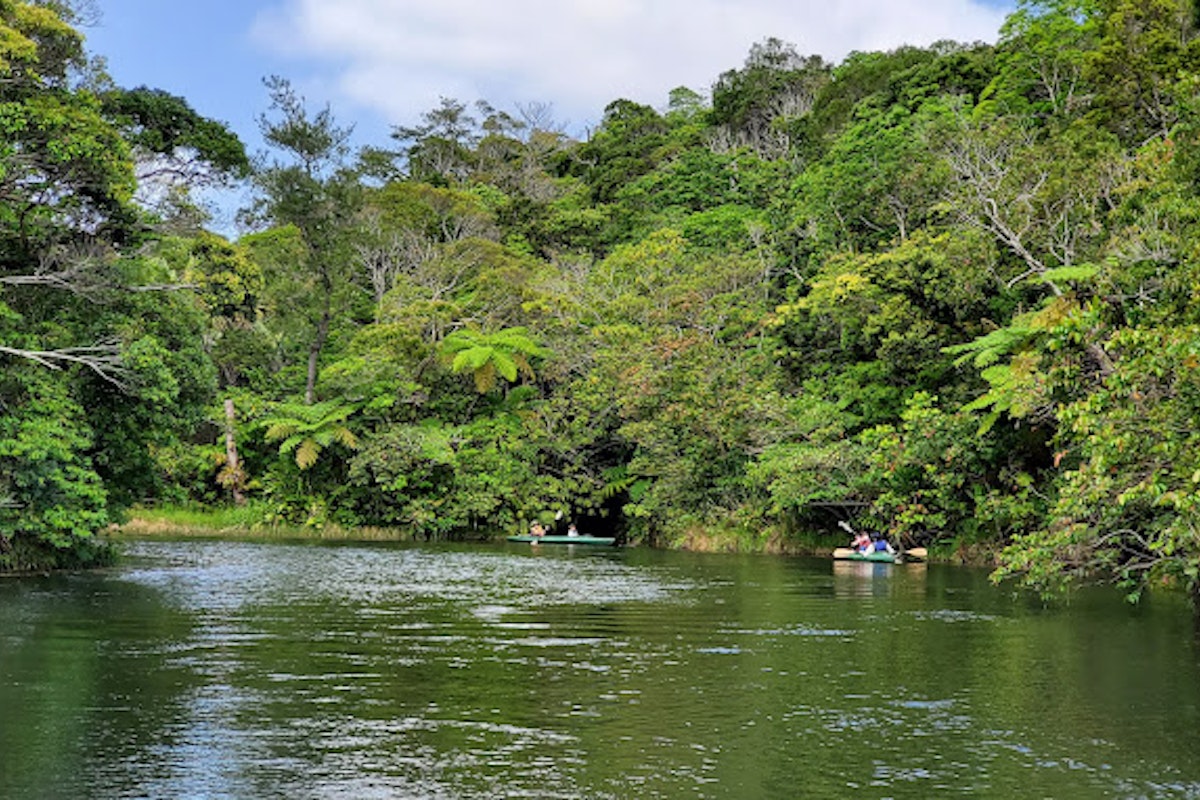
Okinawa's botanical gardens offer a peek into the island's lush, diverse ecosystems and cultural heritage. These gardens are crucial for preserving rare and endemic plant species, and many serve as research centers focusing on subtropical plants.
Each garden on our list provides a unique experience, from the expansive landscapes of the Okinawa Churaumi Botanical Garden to the historic tranquility of the Shikinaen Royal Garden. Visiting these sites allows you to explore the beauty of Okinawa’s flora and learn about the efforts to conserve it. Join us as we explore the top 8 botanical gardens in Okinawa, perfect for a day of relaxation and discovery.
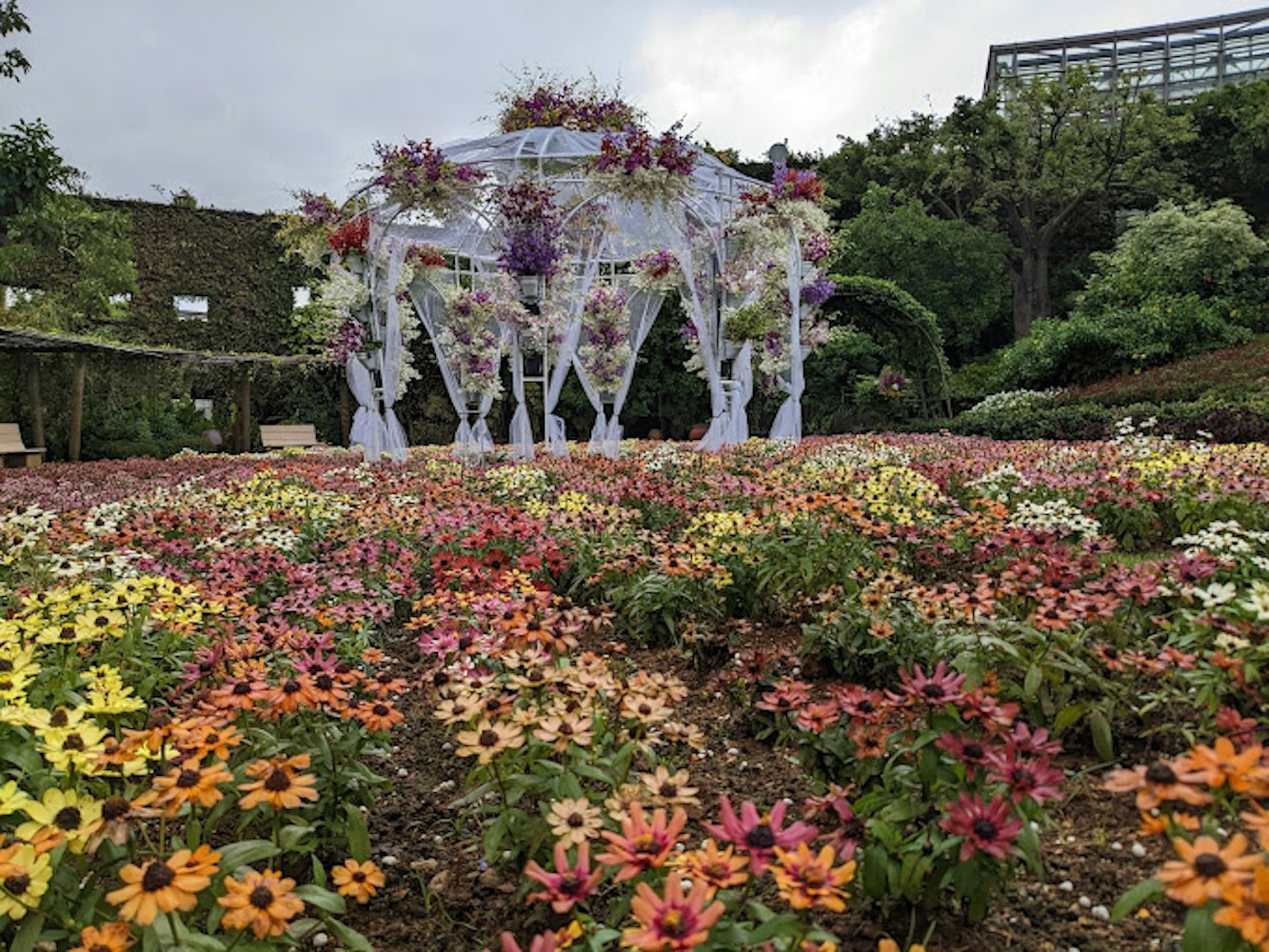
The Okinawa Churaumi Botanical Garden, located within the Ocean Expo Park, is renowned for its extensive collection of tropical and subtropical plants. This garden plays a significant role in the conservation and study of marine and terrestrial biodiversity native to Okinawa.
One of its notable features is the Tropical Dream Center, which houses more than 2,000 orchids along with numerous other plant species. The garden's efforts in ecological education and its breathtaking floral displays make it a must-visit for both nature lovers and researchers.
How to Get There: From Naha, take the Yanbaru Express Bus directly to the Ocean Expo Park or drive for approximately 1.5 hours via the Okinawa Expressway.
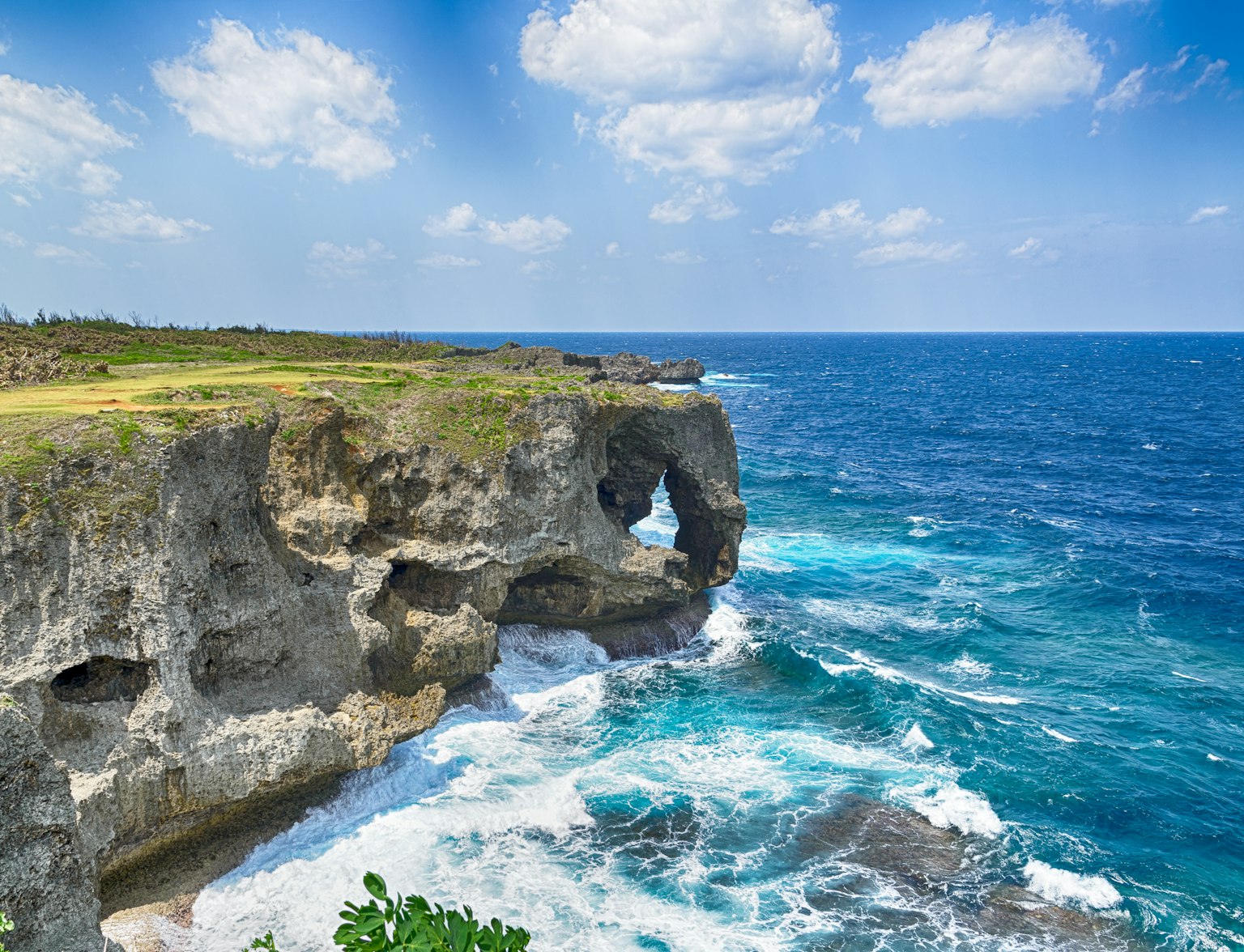
Explore Okinawa's breathtaking West Coast on our premier sightseeing bus tour.
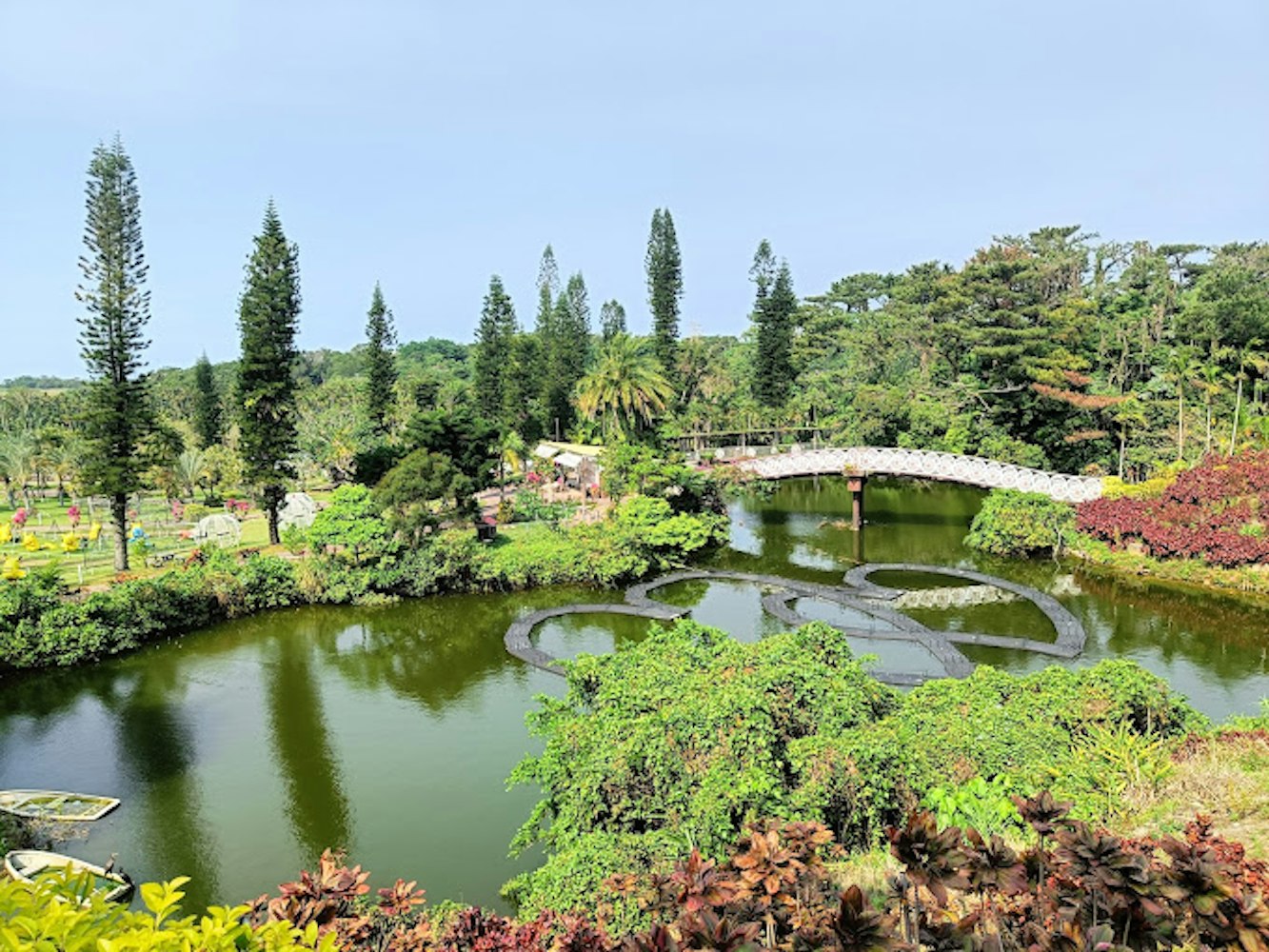
The Southeast Botanical Gardens offers a comprehensive look at botanical diversity with its extensive collection of over 1,300 plant species from around the world. These gardens are unique for their integration of aquatic and terrestrial landscapes, creating an engaging environment for visitors.
The water gardens are particularly notable, featuring a complex system of pools and waterfalls that support a diverse array of aquatic plants. Additionally, the garden hosts various cultural and educational events, making it a dynamic spot for learning about botany and the environment.
How to Get There: Located in Okinawa City, accessible by car in about 30 minutes from Naha. Public transportation options include buses that stop at nearby bus stations, from where you can walk or take a short taxi ride.
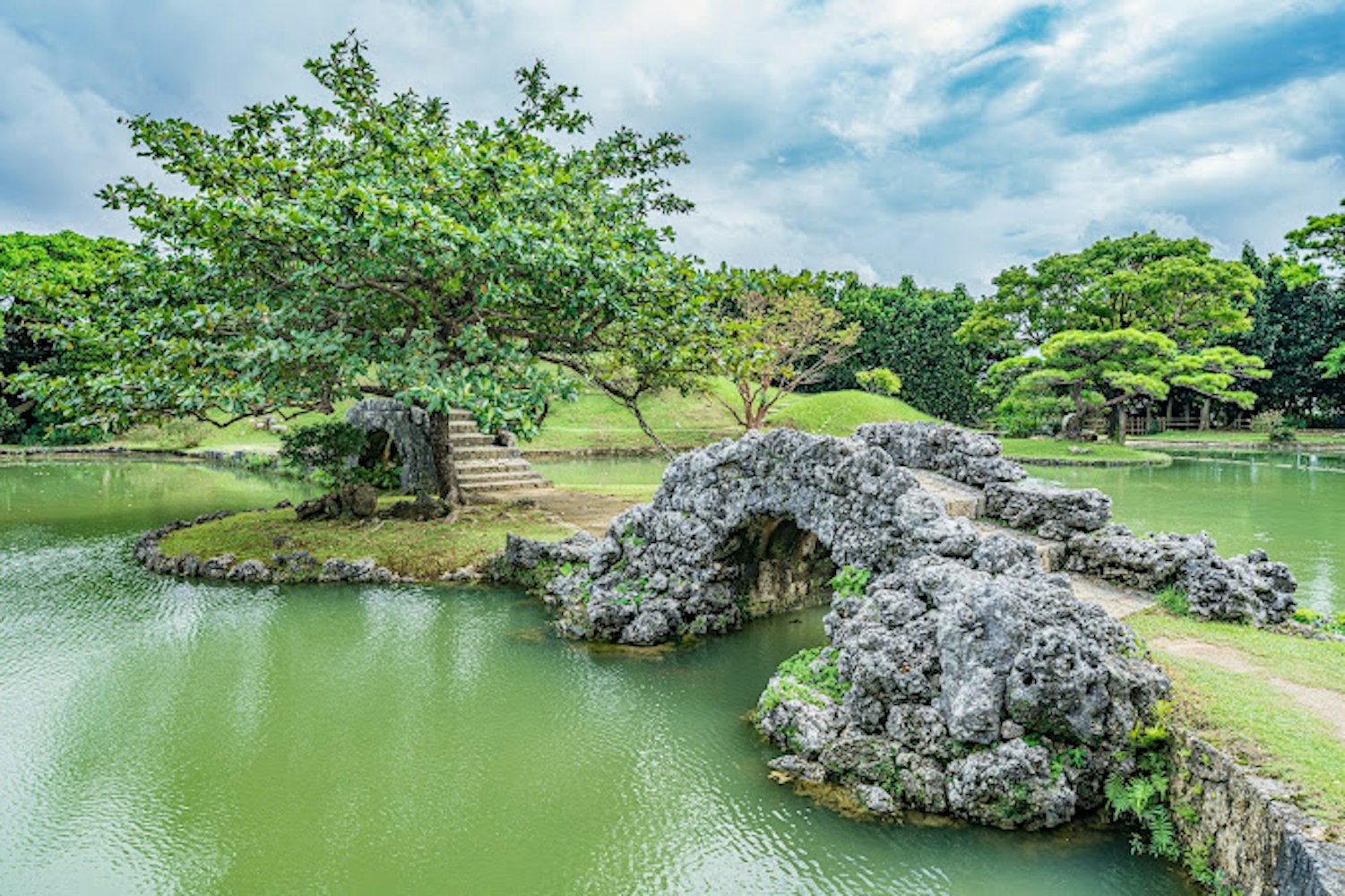
Shikinaen Royal Garden was built in the late 18th century as a villa for the Ryukyu kings and is now recognized as a UNESCO World Heritage Site. Its design combines elements of Japanese and Chinese landscape architecture, reflecting the historical influences on Okinawa.
The garden is famous for its circular walking route centered around a large pond, which is a classic feature of East Asian royal gardens. This serene layout not only provided a recreational space for the royal family but also functioned as a diplomatic venue. Visiting Shikinaen offers a glimpse into the historical lifestyle of the Ryukyu monarchy and their engagement with the natural environment.
How to Get There: From central Naha, take the Okinawa Urban Monorail (Yui Rail) to Shuri Station, then either walk for about 20 minutes or take a 5-minute taxi ride to the garden.
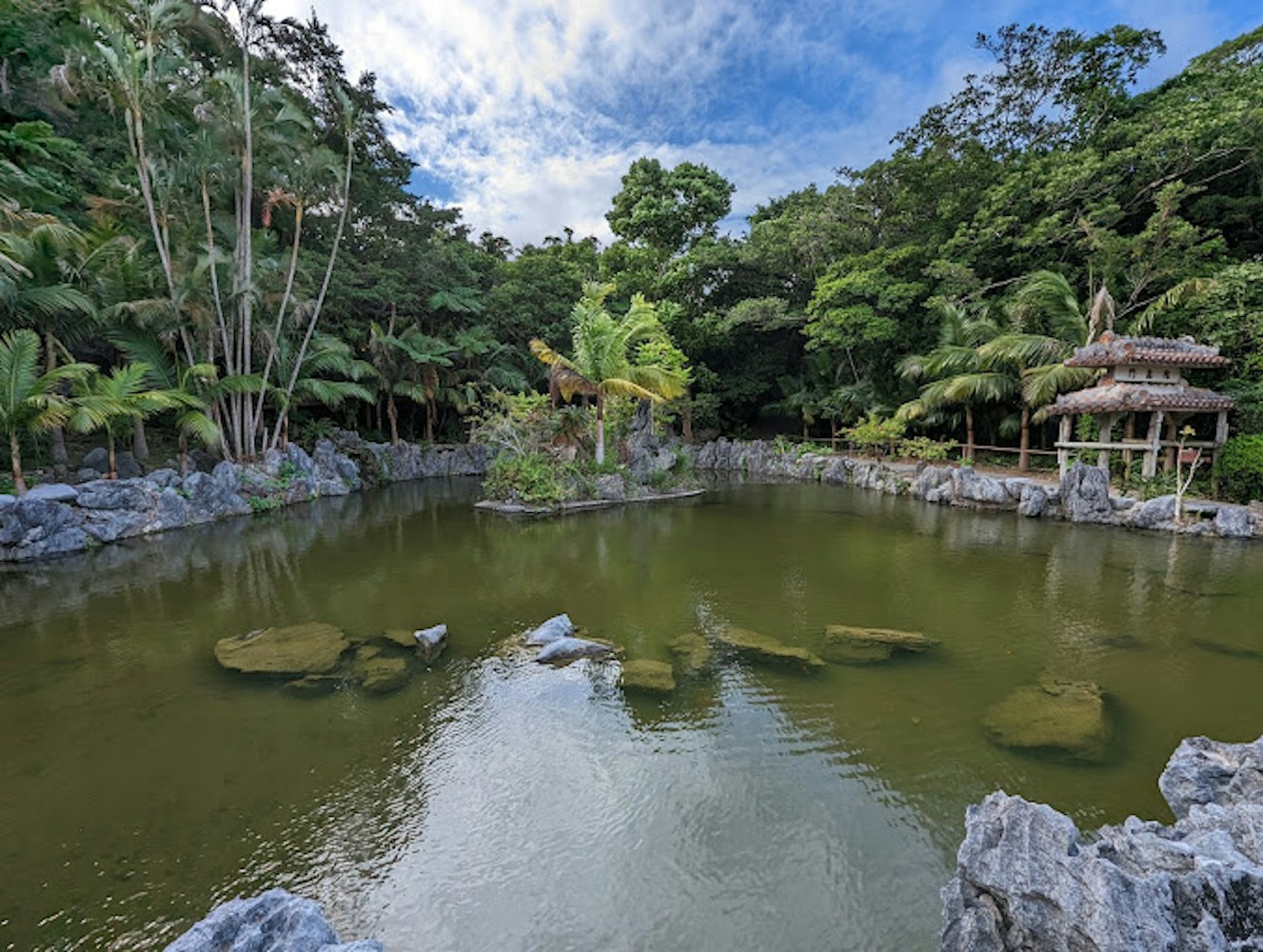
Ryukyu Mura Herb Garden is part of a larger cultural park designed to preserve and promote the traditions of the Ryukyu Islands. This garden specializes in growing herbs that are native to Okinawa, which have been used for their medicinal properties by local healers for generations. Visitors can learn about the traditional uses of these herbs in both healing and culinary contexts.
The garden offers workshops and interactive experiences where guests can engage directly with the plants, learning how to harvest and use them in traditional remedies and recipes, thus providing a hands-on approach to understanding the botanical heritage of Okinawa.
How to Get There: The garden is easiest to reach by car, approximately 1 hour from Naha. Alternatively, local buses serve the area, departing from central locations in Naha, with a stop near Ryukyu Mura.
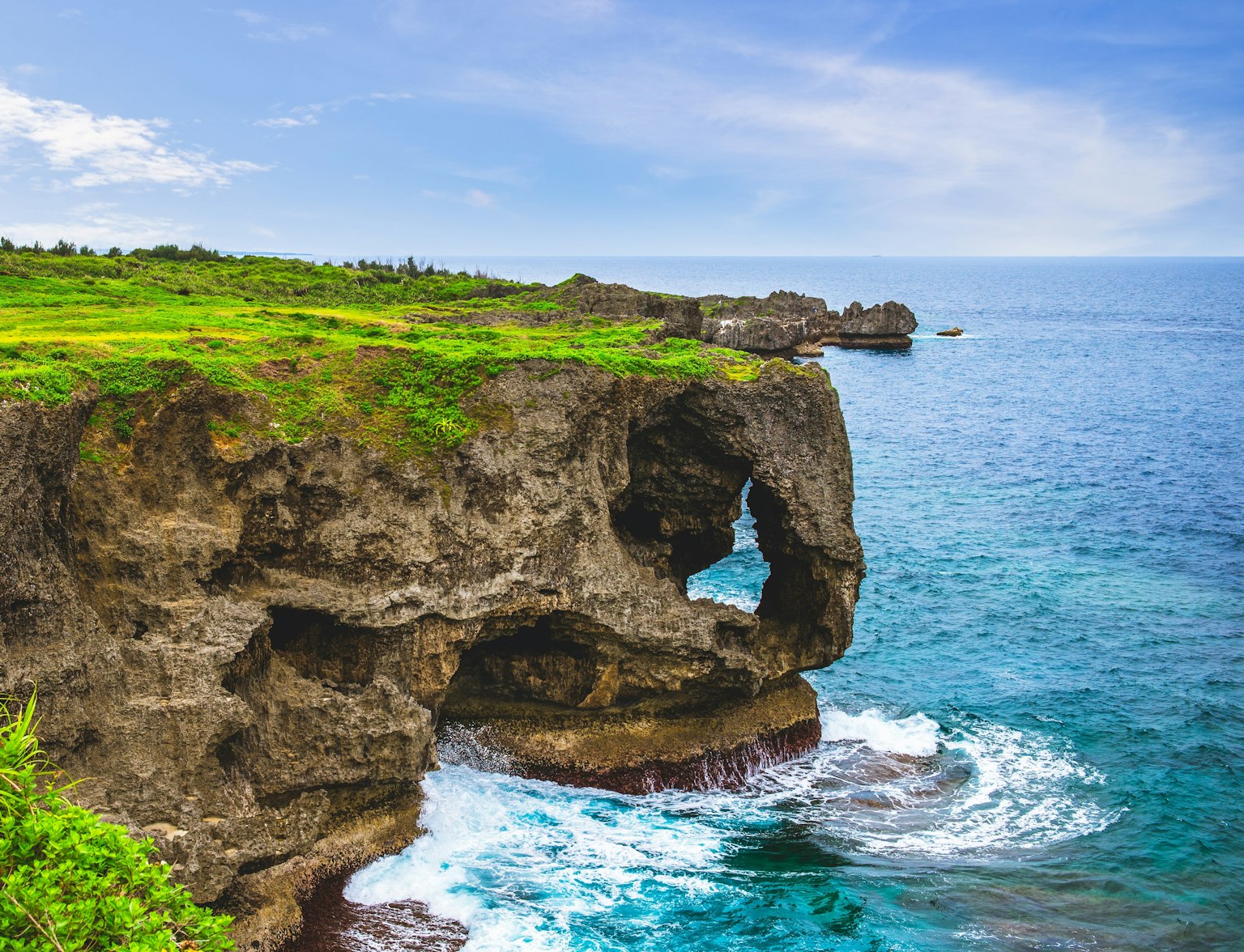
Immerse yourself in the enchanting realm of Okinawa with this tour.
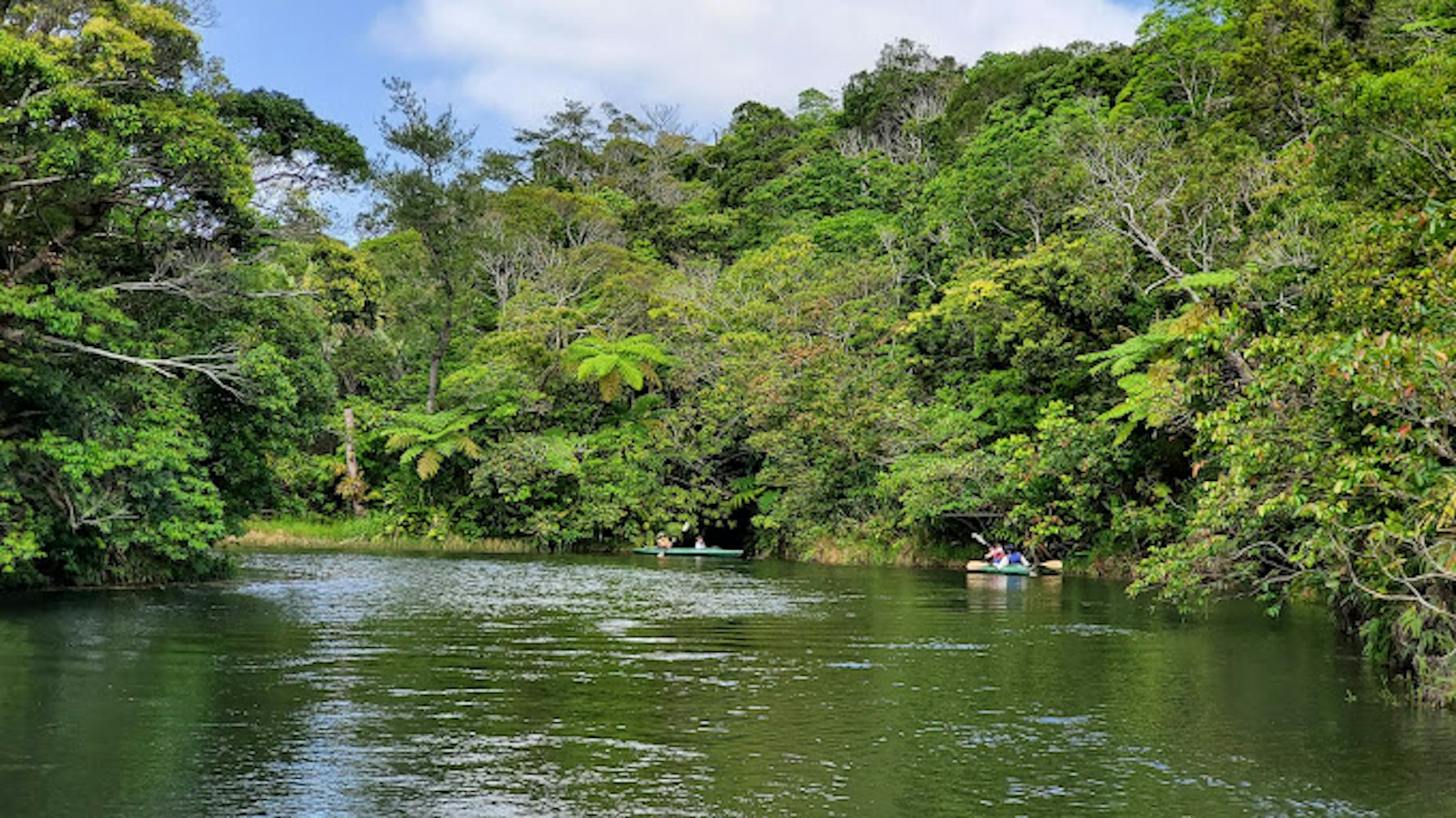
Bios on the Hill is a unique ecological park nestled in the lush hills of Okinawa, offering a diverse natural environment that promotes exploration and education. This park is distinguished by its extensive mangrove ecosystems and tropical rainforest settings, which support a variety of wildlife species.
Visitors can explore the park via walking trails or boat tours, providing an immersive natural habitat experience. Bios on the Hill is also dedicated to environmental education, offering programs that teach visitors about sustainable practices and the importance of biodiversity conservation, making it a vital resource for ecological learning.
How to Get There: From Naha, drive north on the Okinawa Expressway to the Ishikawa exit, then follow local roads to the park, about a 50-minute drive. Public buses also run from central Naha to stops close to Bios on the Hill.
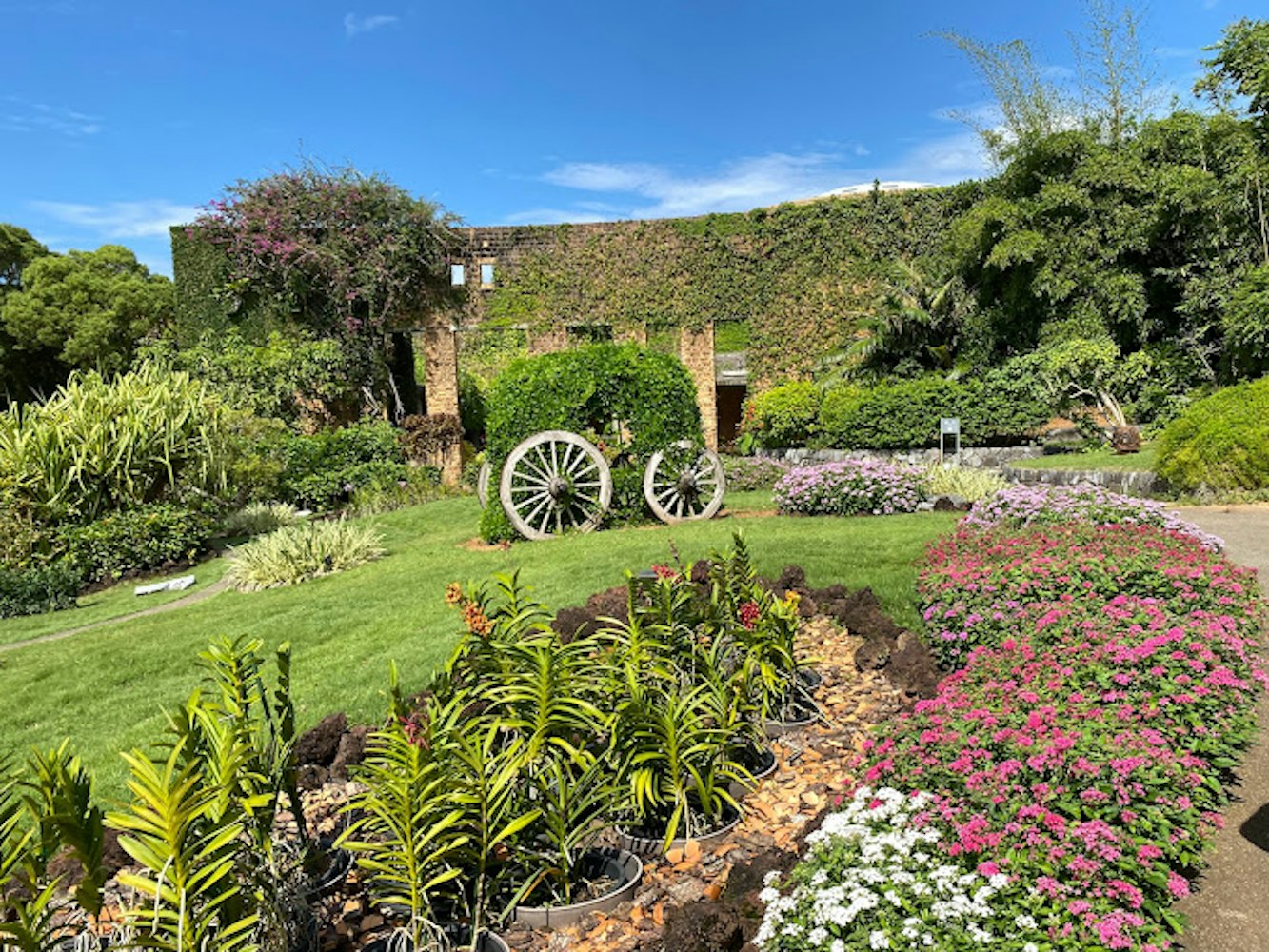
Located within the Ocean Expo Park, the Tropical Dream Center is a botanical marvel featuring over 2,000 orchids among its collection of more than 1,000 tropical and subtropical plant species. This greenhouse complex is designed to showcase plant diversity across three major dome structures, each creating a different climatic environment suitable for various plant groups.
From rare palm species to fruit-bearing trees and fragrant flowers, the center's extensive collection highlights the adaptive strategies of plants to tropical climates. The Tropical Dream Center not only serves as a botanical garden but also as a research and educational facility, promoting the understanding and conservation of tropical plant life.
How to Get There: Located within the Ocean Expo Park along with the Okinawa Churaumi Aquarium, it's most conveniently accessed by the same Yanbaru Express Bus from Naha or by driving via the Okinawa Expressway.
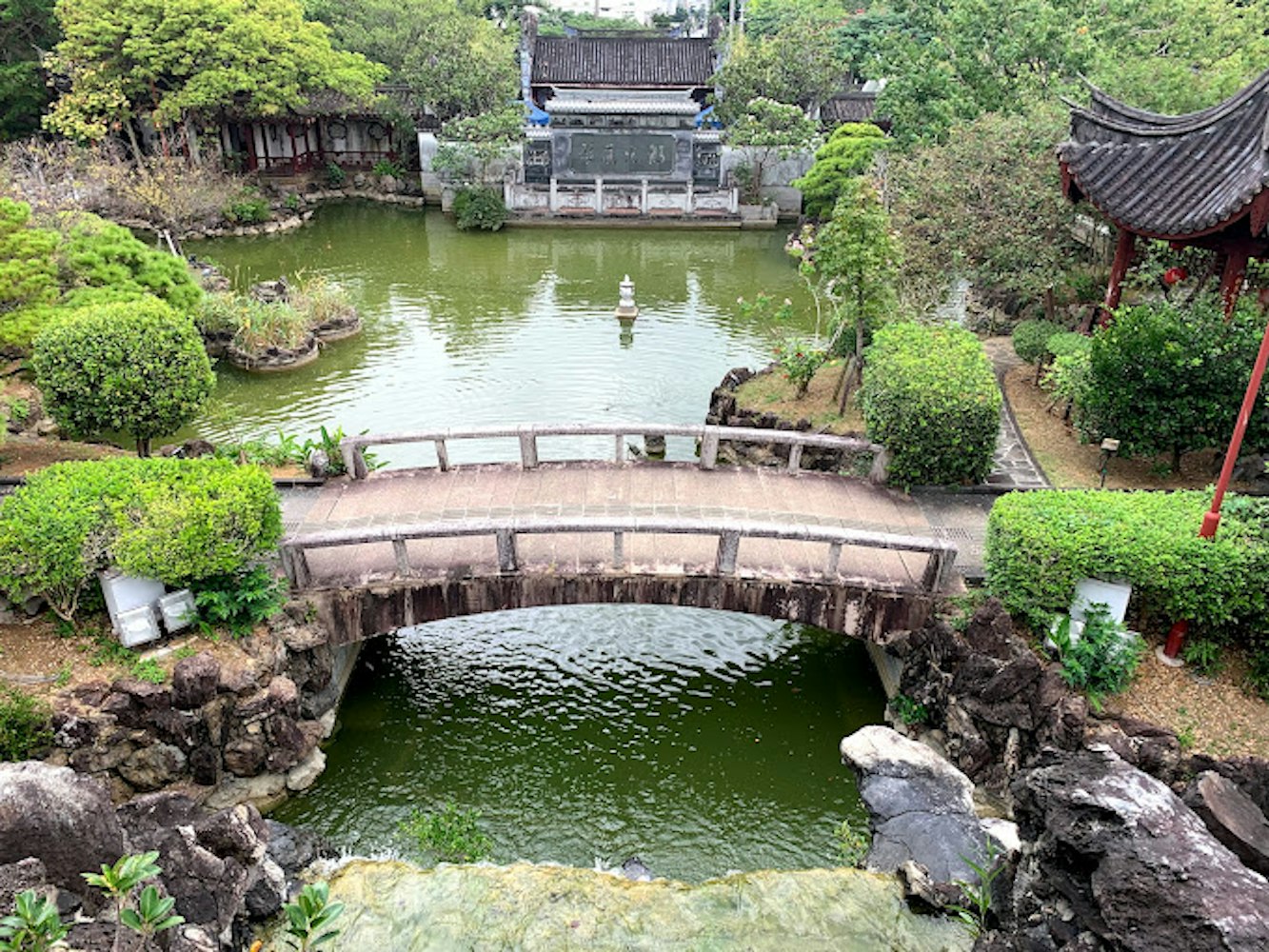
Fukushu-en Chinese Garden stands as a symbol of the long-standing cultural relationship between Okinawa and China. Constructed to reflect the friendship between Naha City and Fuzhou City in China, this garden is designed according to traditional Chinese landscaping principles. It was built using authentic materials and architectural elements shipped from Fuzhou, including intricate stone carvings and typical Chinese pavilions.
The layout incorporates several koi ponds and a variety of Chinese flora, harmoniously integrated with native Okinawan plant species. Fukushu-en is not only a place for relaxation and enjoyment of nature but also serves as a cultural bridge, hosting various Chinese festivals and cultural events that strengthen the ties between the two regions.
How to Get There: This garden is in the Kume area of Naha, easily accessible on foot from the Kencho-mae Station on the Yui Rail or a 10-minute walk from the Naha Bus Terminal.
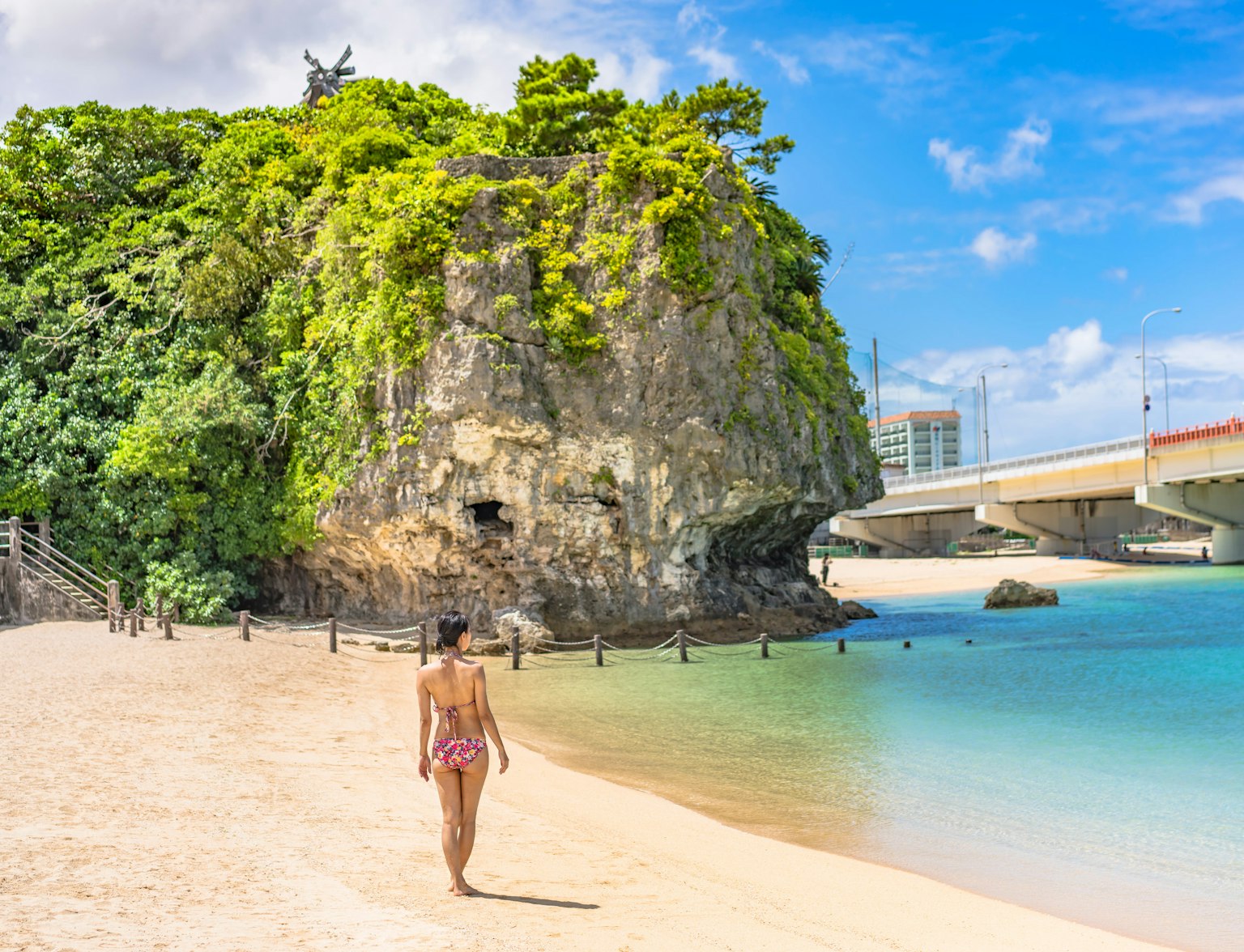
Explore Okinawa your way with a private tour made just for you.
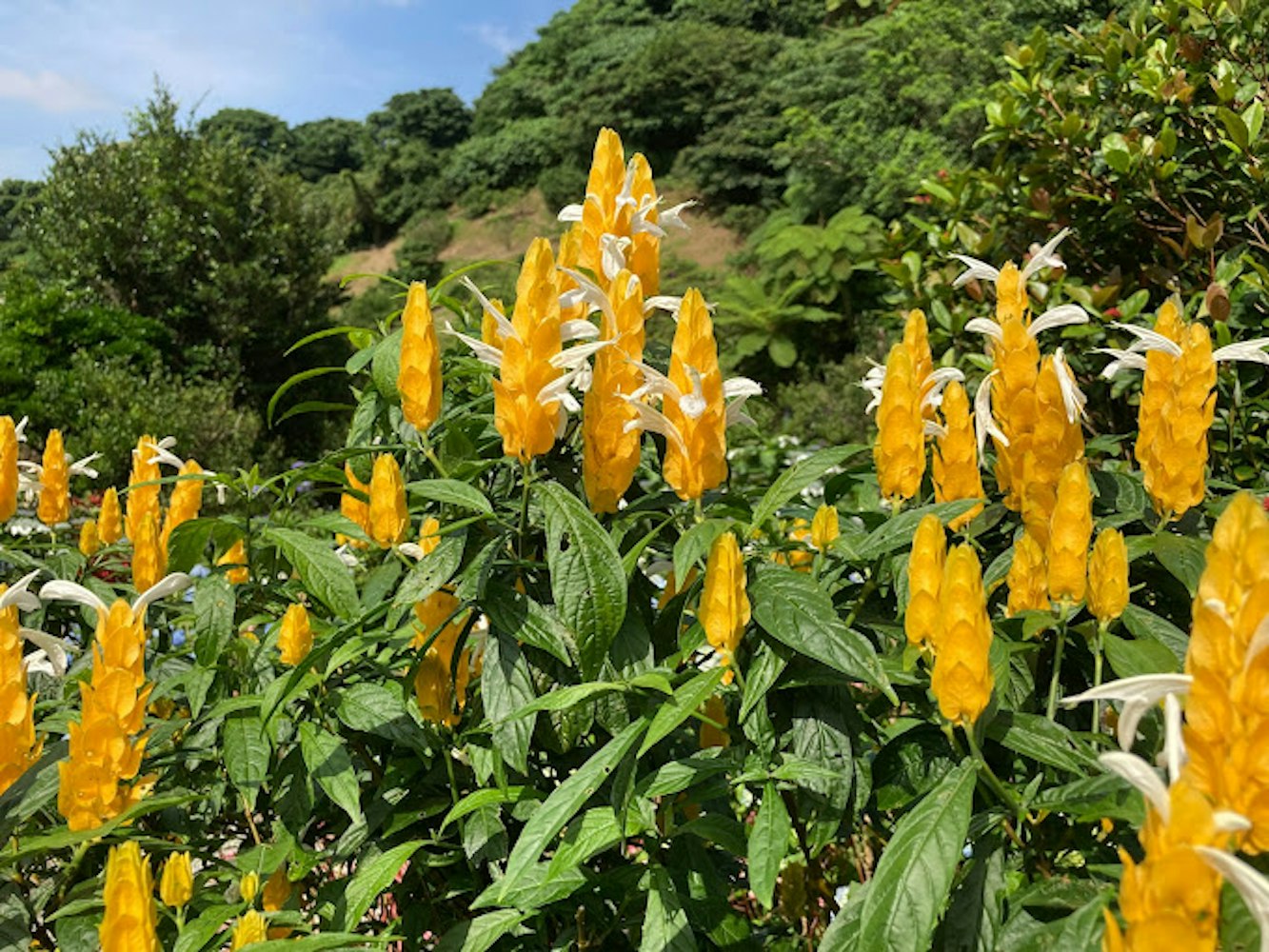
Yohena Ajisai Garden is renowned for its breathtaking hydrangea blooms, which transform the landscape into a vibrant tapestry of blues, purples, and pinks every rainy season. Founded by Umeko Yohena, the garden started as a personal project and has grown into a major attraction in northern Okinawa.
The garden features over 30,000 hydrangea plants, making it one of the largest collections of its kind in Japan. Visitors to Yohena Ajisai Garden can stroll through the colorful paths, enjoy the scenic views, and learn about the cultivation and care of hydrangeas. The garden's success is a testament to the dedication of its founder and offers a unique, immersive experience into the world of these stunning flowers.
How to Get There: Located in the northern part of Okinawa, the best way to reach the garden is by car from Naha, approximately a 1.5-hour drive. Public transportation is less direct, but buses heading towards Nago Bus Terminal from Naha can be used, followed by a taxi from Nago to the garden.
Exploring these eight botanical gardens in Okinawa offers more than just a walk among beautiful plants. Each garden is a gateway to understanding Okinawa's rich botanical heritage and its commitment to preserving nature.
Whether you're learning about traditional Ryukyu medicine at the Ryukyu Mura Herb Garden, experiencing the historical ties in the Fukushu-en Chinese Garden, or tasting different pineapple varieties at Nago Pineapple Park, these gardens provide unique insights into the environmental and cultural fabric of the island.



